- Jojoba oil is a popular cosmetic ingredient with potential benefits for skin health.
- Some properties of jojoba oil, like its unique lipid profile and anti-inflammatory effects, could theoretically help with seborrheic dermatitis.
- Current scientific evidence supporting jojoba oil as a direct treatment for seborrheic dermatitis is weak.
- Jojoba oil might help manage certain aspects of seborrheic dermatitis, like sebum abnormalities and inflammation, but more research is needed.
- It’s crucial to consult with a healthcare professional for effective seborrheic dermatitis management.
In the last decade, jojoba oil has become a star ingredient in the beauty and skincare world. Praised as a natural remedy for everything from dry skin to eczema and psoriasis, it’s no surprise that people are also curious about using jojoba oil for seborrheic dermatitis.
But does the hype match the reality? Let’s dive into the science and see if jojoba oil can truly help with seborrheic dermatitis.
The Verdict: Jojoba oil’s popularity stems from its distinctive properties. While it might offer some relief for certain symptoms of seborrheic dermatitis, robust scientific evidence is lacking. Currently, there’s not enough data to confidently recommend jojoba oil as a primary treatment.
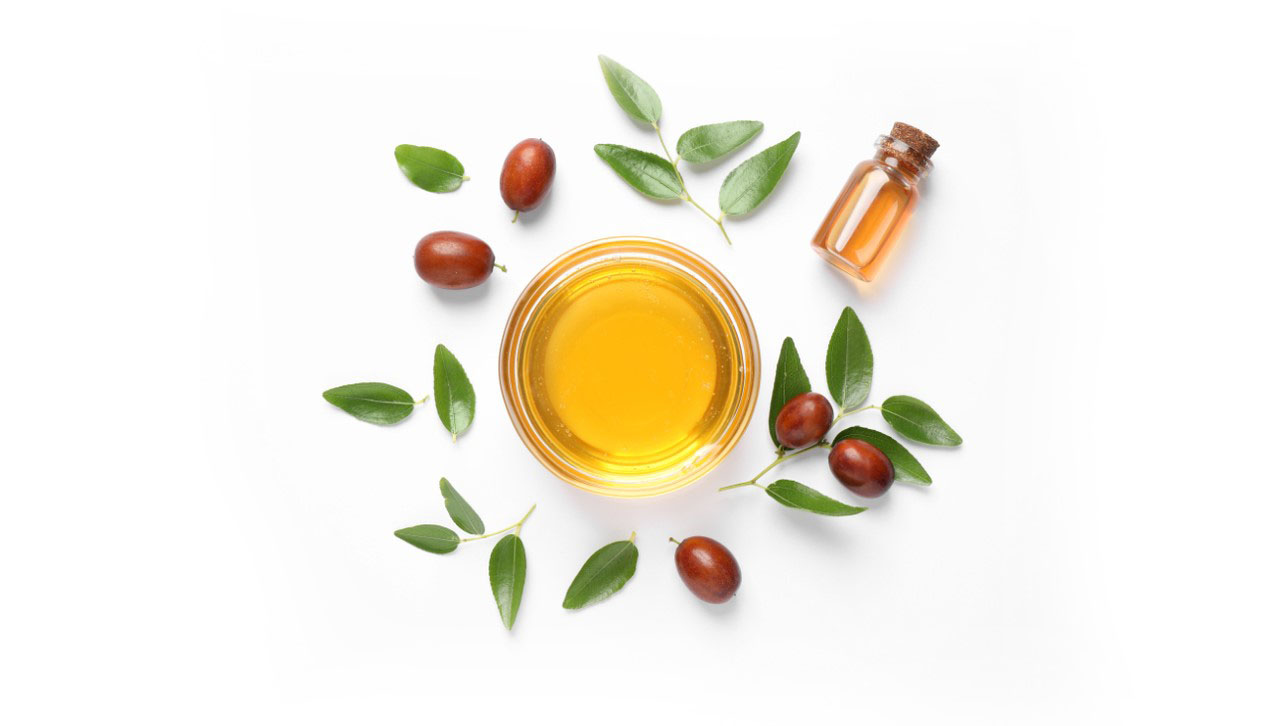

What Exactly is Jojoba Oil?
Despite its name, jojoba oil isn’t actually an oil. It’s a liquid wax extracted from the seeds of the jojoba plant, a hardy shrub thriving in arid regions like the southwestern United States and northern Mexico [1]. These seeds are rich in this unique wax, containing about 65% by weight.
What makes jojoba “oil” so special is its composition. Unlike most plant oils, which are triglycerides, jojoba oil primarily consists of long-chain fatty acid esters. This gives it a light texture and sets it apart as a liquid wax rather than a traditional oil.
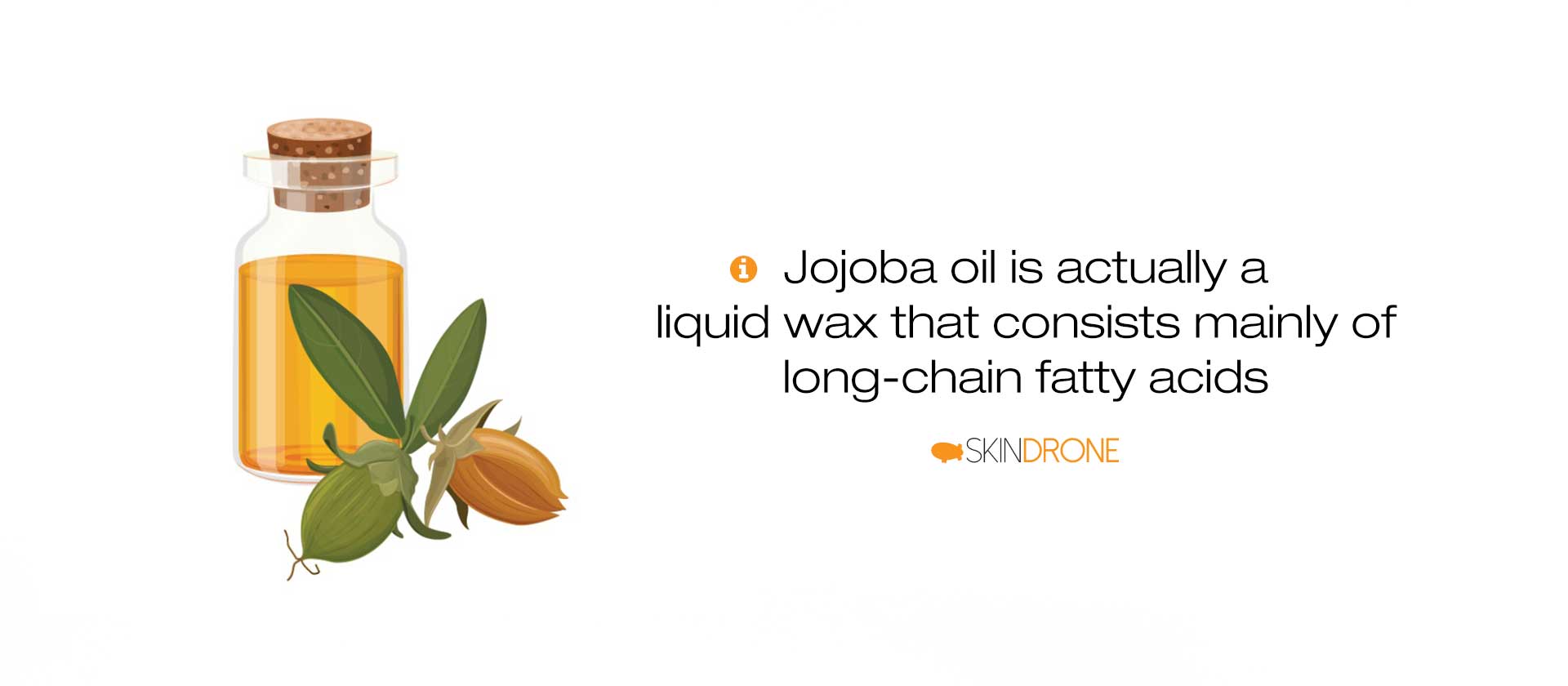
To understand the difference, consider this simplified breakdown:
- Triglycerides: Composed of three fatty acid molecules linked by a glycerol backbone.
- Fatty acid esters (like Jojoba Oil): Made of a single fatty acid and a fatty alcohol.
While many wax esters are solid (think beeswax or palm wax), jojoba wax esters remain liquid at room temperature. This liquid form is key to its cosmetic appeal. It’s easy to apply topically, absorbs well, and leaves skin feeling less greasy with a matte finish.

Jojoba Oil: Skincare Superstar? Proposed Benefits
The internet is overflowing with claims about jojoba oil’s skincare benefits. Countless products boast about including jojoba oil for its supposed advantages.
However, when we look at the scientific research behind these claims, the picture becomes less clear. Many touted benefits have limited or weak scientific backing.
Here are a few examples of commonly mentioned benefits with a look at the supporting evidence:
- Wound Healing: Lab studies on cultured skin cells (keratinocytes and fibroblasts) suggest jojoba oil may promote skin repair [2]. However, this is preliminary research and doesn’t confirm wound healing in living humans.
-
Reducing Skin Inflammation: Animal studies (using rats) indicate jojoba oil might have anti-inflammatory properties, reducing the skin’s response to irritants [3]. Again, these are animal studies and don’t directly translate to human benefits.
You’ll also find claims about jojoba oil’s anti-fungal and anti-bacterial abilities. Yet, current research doesn’t support jojoba oil as a standalone antimicrobial agent. Studies suggest it might enhance the effects of other antimicrobial substances:
- Boosted Antimicrobial Action: Adding jojoba oil to a chitosan film improved its ability to fight gram-positive bacteria (like Staphylococcus aureus) [4].
-
Improved Antifungal Activity: Jojoba oil, when used to deliver the antifungal drug clotrimazole, enhanced its effectiveness compared to common antifungal creams [5].
It’s important to note that these studies focus on enhancing other treatments, not jojoba oil’s independent antimicrobial power.
Unfortunately, the lack of strong evidence hasn’t stopped exaggerated marketing claims, possibly fueled by raw material suppliers overstating the limited research.
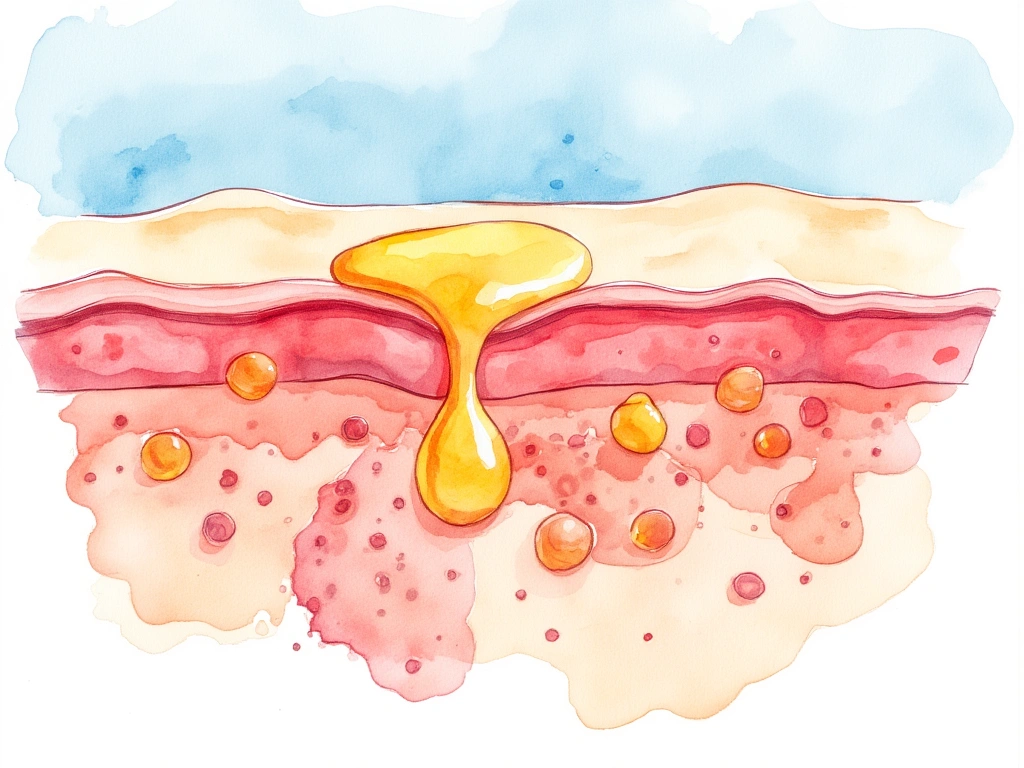
Jojoba Oil and Seborrheic Dermatitis: Potential Applications
When it comes to seborrheic dermatitis, online sources often suggest jojoba oil as a potential remedy. However, direct scientific evidence to support these claims is absent.
Instead, we can explore theoretical benefits based on jojoba oil’s properties, which might justify further research.
Balancing Sebum Production
Research indicates that [seborrheic dermatitis is linked to an altered sebum composition][3].
Interestingly, jojoba oil’s lipid profile closely resembles healthy human sebum, more so than many other natural oils [6]. The theory is that applying jojoba oil topically could help normalize the skin’s sebum balance, potentially easing symptoms.
Gentle Fatty Acid Profile
Oleic acid, a type of free fatty acid, seems to play a key role in triggering seborrheic dermatitis flares.
Jojoba oil stands out with its unique fatty acid profile. It’s rich in long-chain fatty acids but contains relatively low levels of oleic acid—only about 10% compared to higher amounts in many common oils.
This lower oleic acid content, combined with jojoba oil’s moisturizing (occlusive) properties, might make it a gentler option. It could potentially moisturize and support skin repair without exacerbating seborrheic dermatitis symptoms like some other oils might.
Furthermore, while long-chain fatty acid abnormalities haven’t been directly linked to seborrheic dermatitis, they have been observed in rosacea [7]. Given the overlap between rosacea and seborrheic dermatitis, jojoba oil could offer additional benefits for individuals experiencing both conditions.
Anti-Inflammatory Potential
Inflammation is a central feature of seborrheic dermatitis, driven by an overactive immune response. If jojoba oil’s reported anti-inflammatory effects translate to real-world use, it could be helpful.
Topical application might help soothe the inflammatory reaction to oleic acid and complement the oil’s moisturizing effects.
Think of it like a mild corticosteroid in principle – aiming to reduce inflammation. However, jojoba oil’s anti-inflammatory power is likely much weaker than corticosteroids or even other natural anti-inflammatory agents with stronger evidence.

In Conclusion: Jojoba Oil and Seborrheic Dermatitis – Promising, But More Research Needed
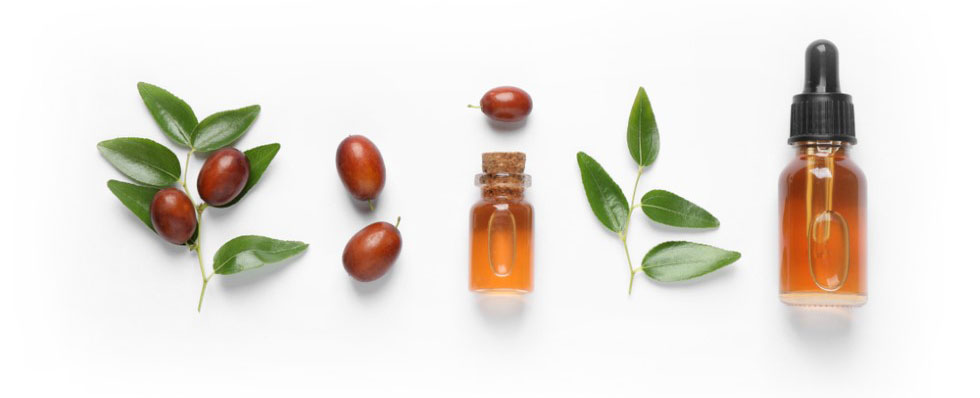
Jojoba oil’s rising popularity makes it tempting to consider for seborrheic dermatitis. Its unique lipid composition and potential anti-inflammatory properties are certainly interesting in theory. However, current scientific evidence is insufficient to definitively say whether jojoba oil can effectively treat seborrheic dermatitis.
While it may offer benefits for certain aspects of the condition, more research is necessary to confirm these potential advantages and understand how best to use jojoba oil for seborrheic dermatitis.
For now, it’s essential to rely on proven treatments for seborrheic dermatitis and consult with a dermatologist or healthcare professional for personalized advice.
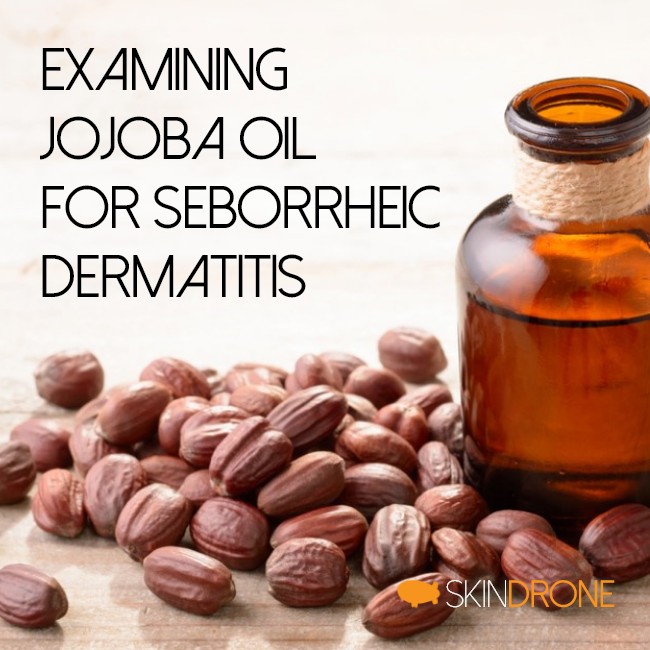
No Comments
Be the first to start a conversation